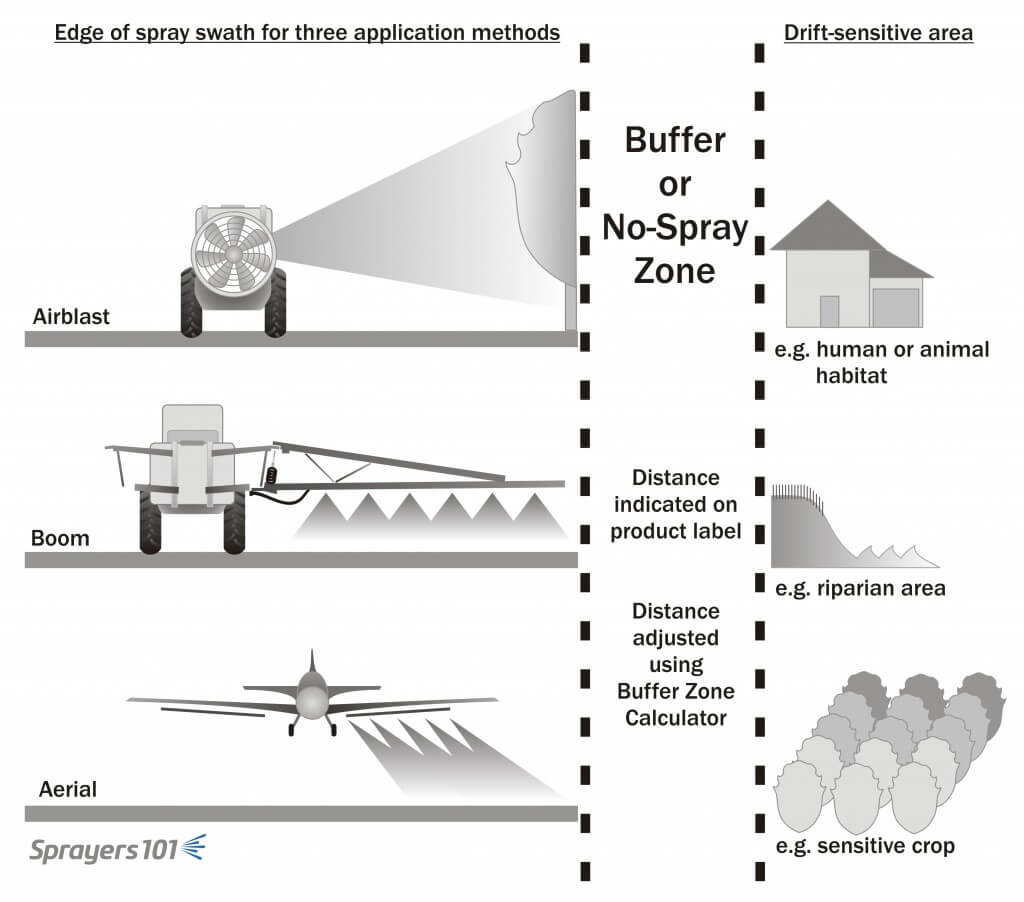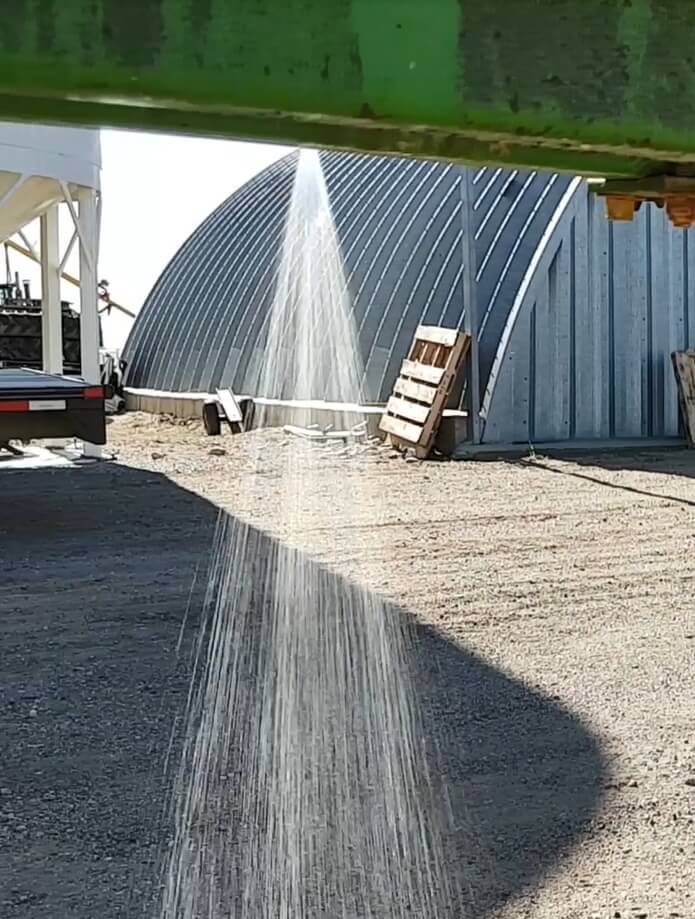
Spray Buffer Zones Spray buffer zones are no-spray areas required at the time of application between the area being treated and the closest downwind edge of a sensitive terrestrial or aquatic habitat. Spray buffer zones reduce the amount of spray drift that enters downwind, non-target areas. Sensitive Terrestrial Habitats Sensitive terrestrial habitats can include hedgerows, […]
Read More… from Spray and Soil Fumigant Buffer Zones in Canada



